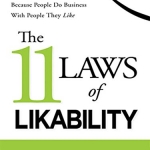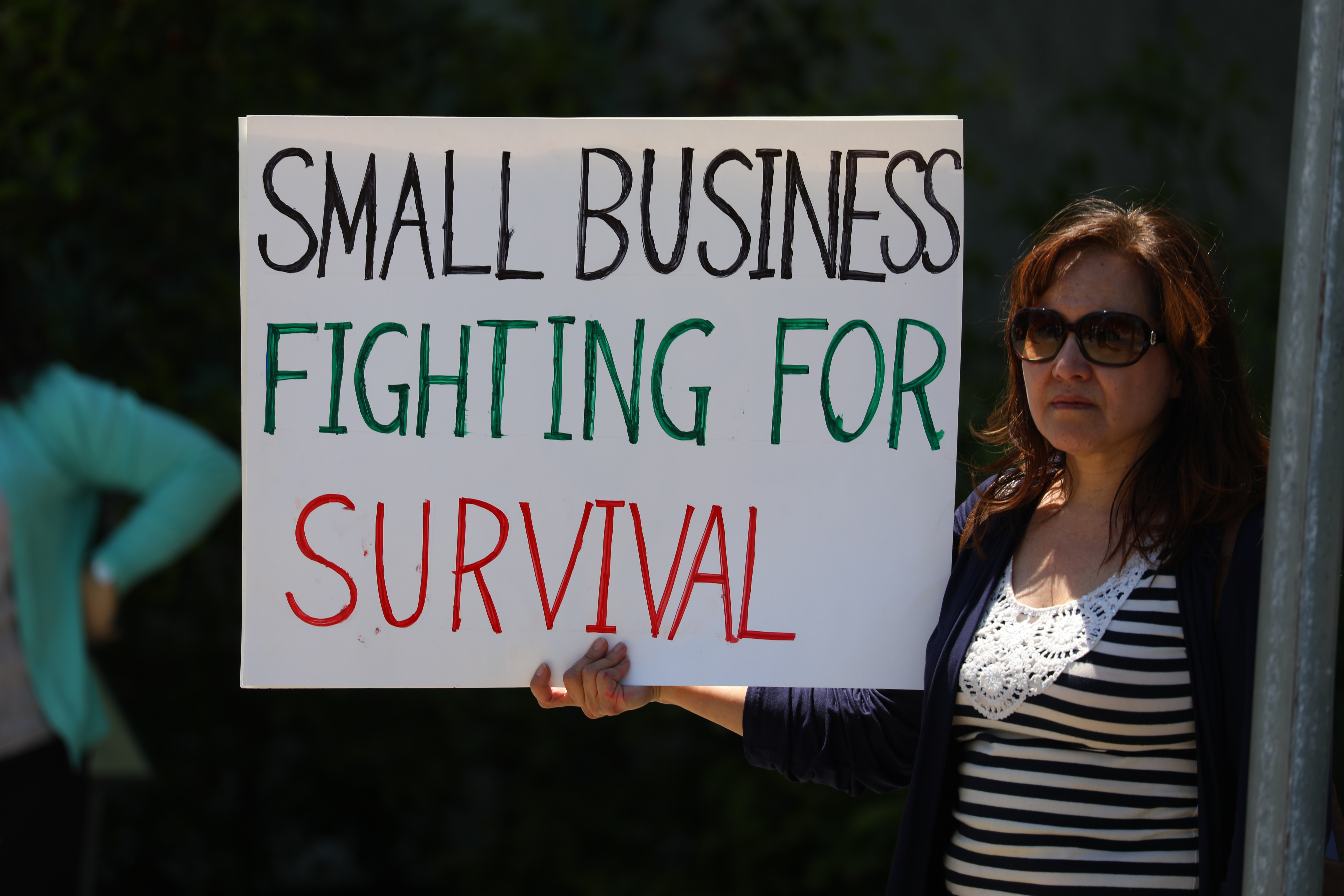Laws of Likability for Bloggers
In her rare downtime, Michelle Tillis Lederman confesses in her book The 11 laws of Likability, her guilty pleasure is watching TV reality shows. The characters she’s most drawn to, she realized, are being real. Contestants who accept themselves and have a sense of humor about their faults are the most likable, she concluded.
How does that insight apply to networking? Lederman asks. Being authentic is not a permission slip to be rude, obnoxious or inappropriate, but what it does mean is letting your true self show through so that others can connect with you, she concludes.
Can this insight be applied to online content marketing? In-person communication, Lederman explains, is based on three components – verbal (the words you choose), vocal (the tone and animation of your voice), and visual (facial expression and body language). In web-based marketing, we realize at Say It For You, words become our primary tools for transmitting the “true you” of our business owner or professional practitioner clients.
Lederman offers four pieces of practical advice about word-based communication:
- Start with the positive.
- Choose strong, actionable verbs.
- Focus on what can be done.
- Translate your own ideas into knowledge and opportunity (for them)
Nothing is more real – and more “likable”, our blog content writers have learned, than citing the real-life obstacles the business owner needed to overcome and the wisdom she’s gained in the process.
A connection is something that requires two, Lederman reminds readers. In the world of blog marketing, it is the visitors who’ve initiated the “conversation” by virtue of searching online for answers to a question they have or a product or service they are seeking. The blog content is there to do what Lederman calls “meeting them where they are – almost”. As bloggers, we’re validating the readers’ “energy state”, showing them we “heard” what they are saying and that they’ve come to the right place.
In relationships, Lederman realizes, when you give freely to others, you increase your likability. Still, you don’t always get something in return. A favor, she reminds readers, is only a favor when someone wants it!
In pull marketing (of which blogging is an important part, you have advice and valuable information to offer freely to all visitors to your site. Yet “what one person finds valuable may be another person’s spam,” the author remarks ruefully. Just be yourself and be there, she concludes. The rest is up to them.







Follow us online!